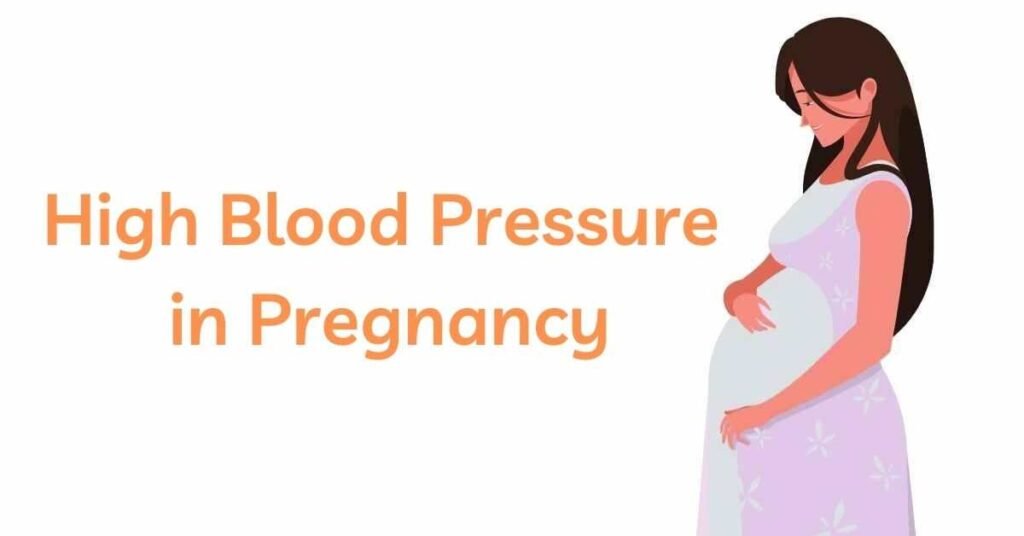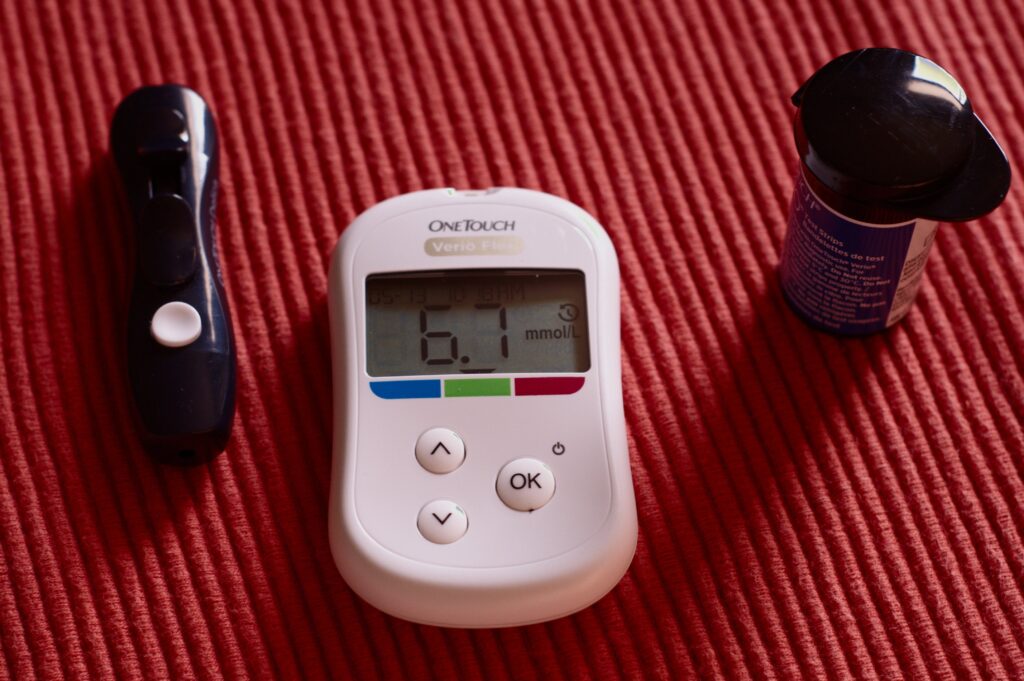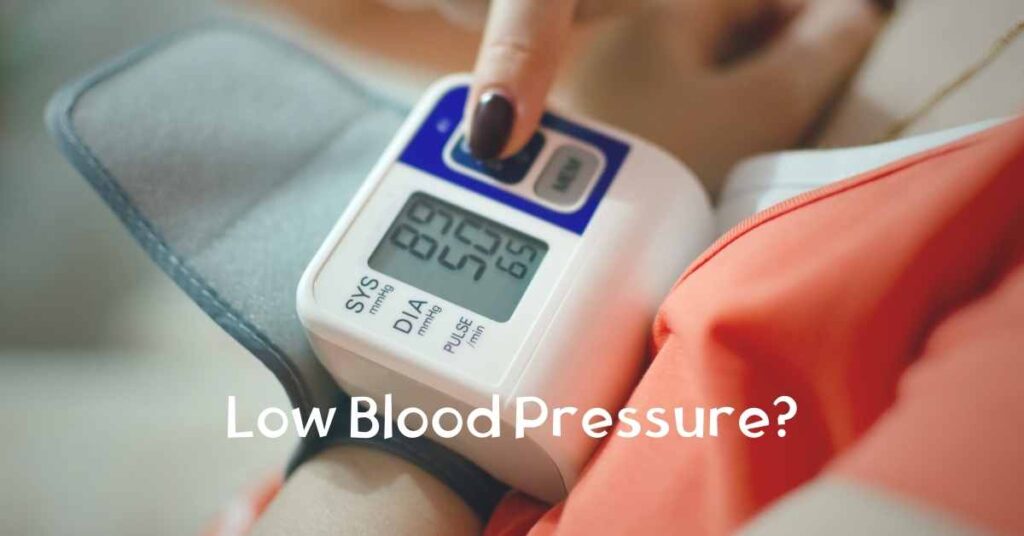High blood pressure in pregnancy is a situation that is not rare. It is possible to handle high blood pressure in pregnancy in a safe way that both mother and the baby will get a healthy life.
What Is High Blood Pressure In Pregnancy
High blood pressure in pregnancy, medically known as hypertension in pregnancy is the condition when the blood pressure is 140/90 mm of Hg or higher.
It is called as chronic hypertension when the high blood pressure occurs before the pregnancy is started, or it is diagnosed before 20 weeks’ of gestation, or persists after the delivery (postpartum).
Transient late or gestational hypertension occurs toward term and resolves after delivery (postpartum) in the absence of any other signs or symptoms of preeclampsia.
High Blood Pressure In Pregnancy Risk Factors
Occurrence of hypertension in the women of childbearing age are increasing now a days. The risk factor for the development of high blood pressure in pregnancy are the following
- Obesity
- Insulin resistance (development of diabetes)
- Pregnancies in women older than 30 years
- Family history of hypertension
High blood pressure in pregnancy complicates 5% to 8 % of pregnancies and is associated with a 20% risk to develop preeclampsia. It is always best to treat hypertension during pregnancy early.
Blood Pressure Change During Pregnancy
- Systemic arterial BP, also known as systolic blood pressure decreases by 10 to 15 mm Hg during normal pregnancy, with a greater fall in diastolic than in systolic pressures. This can be probably due to the decreased sensitivity to angiotensin II that has been demonstrated in pregnant women.
- BP begins to fall in the first trimester (that is first three months of pregnancy), reaching a lowest level toward the end of the second trimester(second trimester is the time during 3 to 6 months of pregnancy) and returning toward baseline at term (6 months to delivery).
This decrease of blood pressure may be exaggerated in women with chronic hypertension, making the diagnosis of chronic hypertension difficult during pregnancy. So it affects both diagnostic and therapeutic considerations and as well as challenges of treatment.
High Blood Pressure In Pregnancy Diagnosis
The diagnosis of hypertension relies simply on a BP measurement, in the sitting position at the level of the heart, of 140/90 mm Hg or higher on two occasions 6 hours apart. So the correct measurement of BP is highly important for correct diagnosis.
Later in pregnancy, inferior vena cava (a vein) compression by the pregnant uterus (gravid uterus) may lower BP substantially in the supine position, so it is critical to measure maternal BP in the sitting position.
High blood pressure in pregnancy diagnosis steps
The initial evaluation should be based on the inspection if there is any target organ damage such as
- Left ventricular hypertrophy or any other heart disease
- Kidney disease (can be confirmed by tests of creatinine concentration, urinalysis, and potassium concentration)
- Retinopathy
If there is evidence of no organ damage, then it is a good sign. If there is evidence of organ damage, it means the high blood pressure reached the critical level and the usual level of high blood pressure in the patient can be determined.
The cause of high blood pressure in the patient is a very important part of diagnosis. Based upon the cause of hypertension, treatment varies. Not only that, how much preventable the high blood pressure can be and what will be the outcome of treatment also depend upon the cause of high blood pressure.
Consideration of secondary causes is essential in this young population, but that greatest challenge in the diagnosis of secondary causes of hypertension is that the causes are complicated by normal pregnancy-related changes.
High blood pressure in pregnancy diagnosis challenges
So, it becomes difficult to clearly know the particular cause that is causing hypertension in pregnancy. It is particularly true, when the high blood pressure is diagnosed during the pregnancy and the patient is unaware if the high blood pressure was present before the pregnancy or not.
If it is suspected that the cause of high blood pressure in pregnancy is the Cushing syndrome, then laboratory test is needed to confirm the diagnosis. The diagnosis of Cushing syndrome is complicated by increased levels of cortisol and the placental production of adrenocorticotropic hormone and corticotropin-releasing hormone. So the best test is a 24-hour urine free cortisol measurement with higher pregnancy-specific reference ranges.
Primary hyperaldosteronism can be a cause of high blood pressure during pregnancy. But it may also be difficult to diagnose in the face of normal pregnancy-related elevations in plasma renin activity and aldosterone. Not only that, progesterone ameliorates both the hypertensive and the kaliuretic effects of aldosterone.
It is important to note that primary hyperaldosteronism should be strongly considered in any patient with chronic hypertension in whom there is a marked increase in BP toward term or after delivery (postpartum).
Pheochromocytoma is another condition which is associated with a high maternal and fetal mortality rate, mostly due to delay in diagnosis. Both magnetic resonance imaging and magnetic resonance angiography (which do not require gadolinium) can be used safely in pregnancy. These are used to evaluate the adrenal glands and renal arteries.
It is highly important to go for the above mentioned tests to avoid future complications in pregnancy. From the very early stage follow the pregnancy regime, check our article to do list during pregnancy. Stay healthy and happy.
Sources
- Psychiatry, 2 Volume Set Book By Wiley
- Year Book of Psychiatry and Applied Mental Health 2012
- Textbook of Psychiatry E-Book, Elsevier





